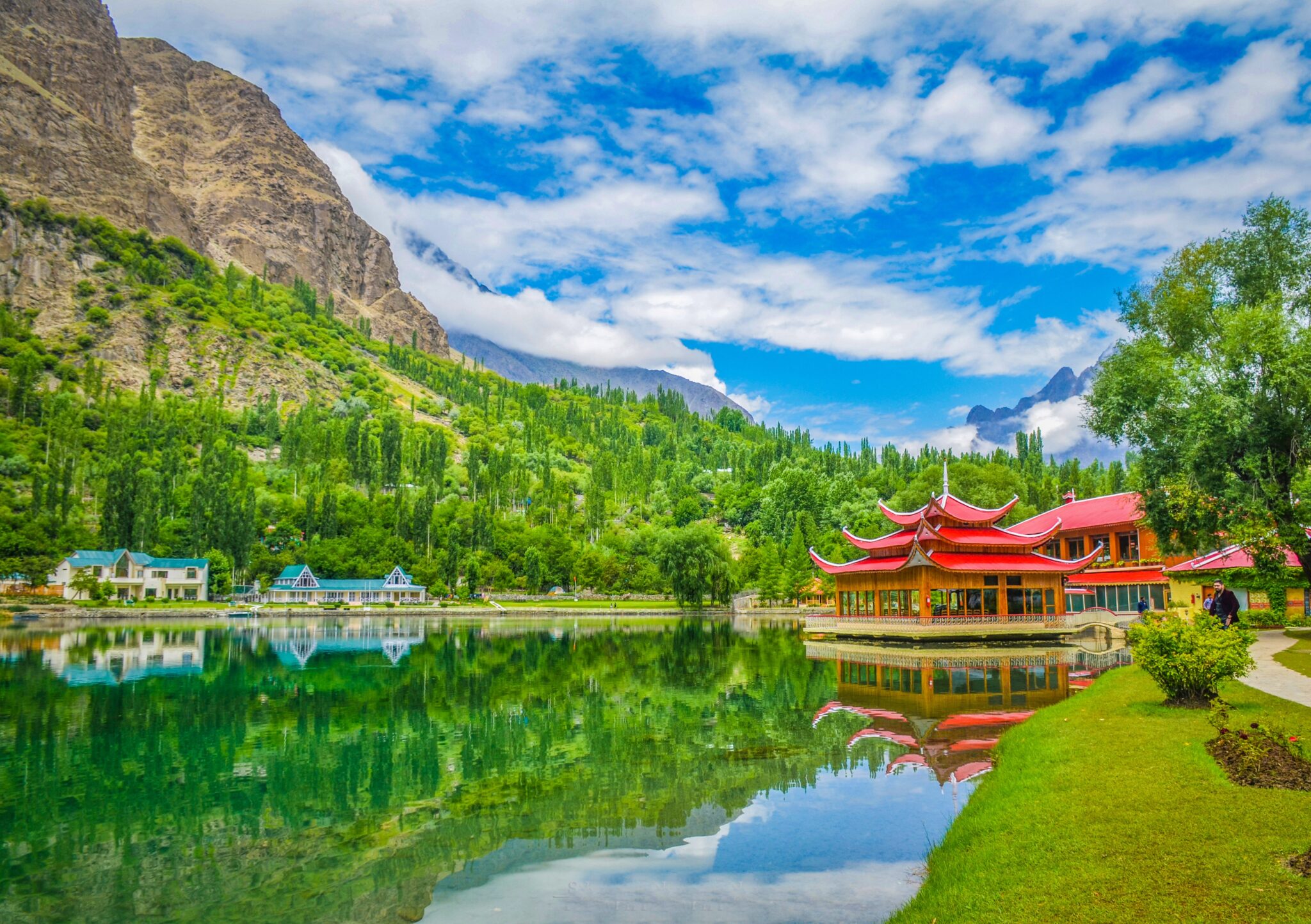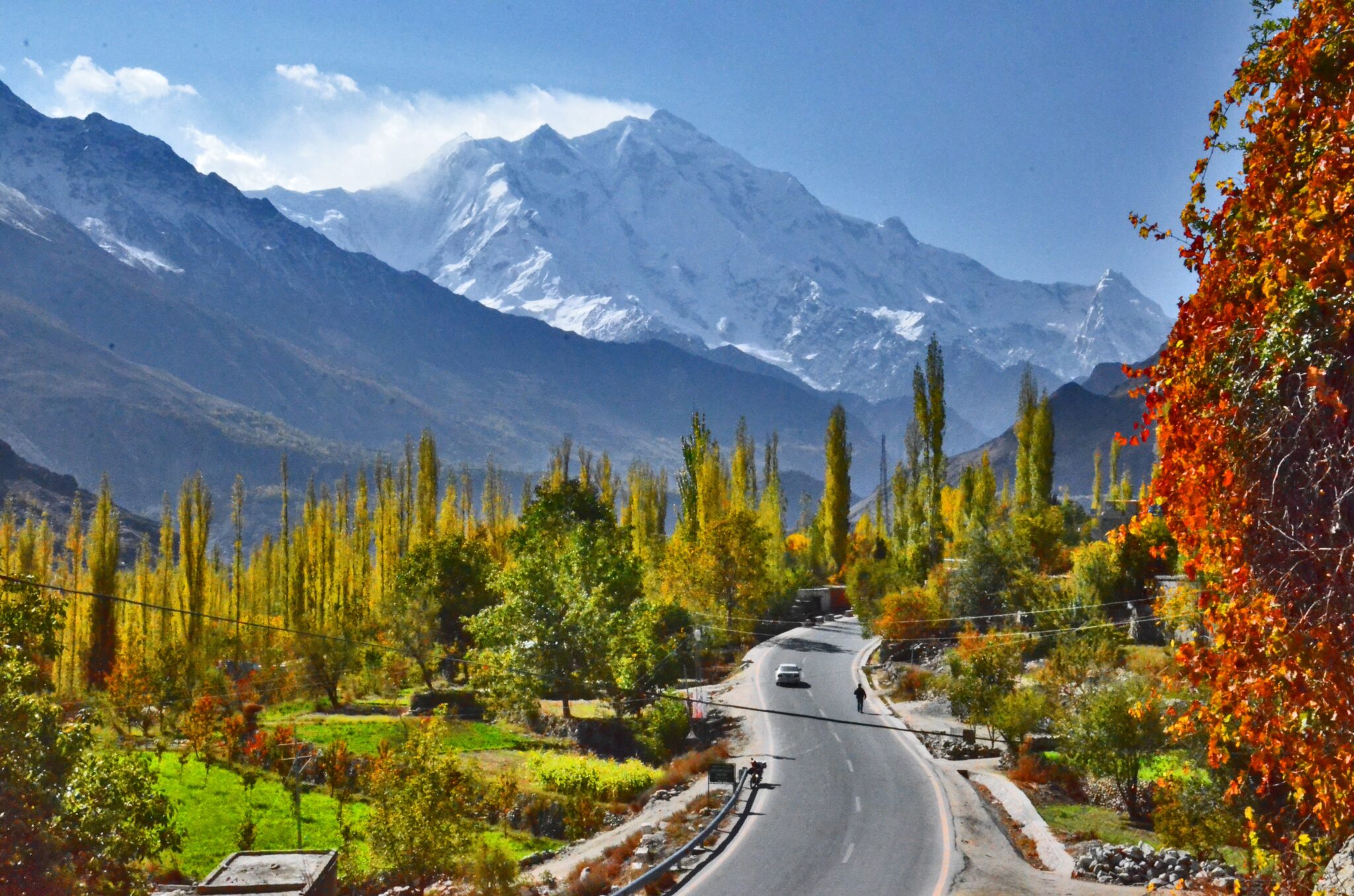GILGIT BALTISTAN
Gilgit-Baltistan is a region of absolute beauty located in North Pakistan. The combination of lovely culture and charm of the highest mountains makes it remarkable all over the world. This region is such a donation of nature. It’s comprised of the highest mountains, appealing valleys, and beautiful lakes.Gilgit-Baltistan is known as the home of the five highest peaks (above 8000 meters) worldwide (Eight-thousanders). Furthermore occupied more than fifty peaks above 7000 meters and the world’s largest glaciers. Gilgit-Baltistan is also famous as Mountain Paradis because of its variety of rivers, special landscapes, and mountain’s highest ranges. However, every year many travellers from all over the world turn around this region to explore nature’s beauty. The exceptional beauty and huge breathtaking peaks of this region have been fascinating tourists for years worldwide. There are many places like Khunjrab Park, Ata Abad Lake, AltitBaltit FortHunza, Cold Desert, Baltoro Glacier, and many more that are most valuable economically.

HISTORY OF GILGIT-BALTISTAN
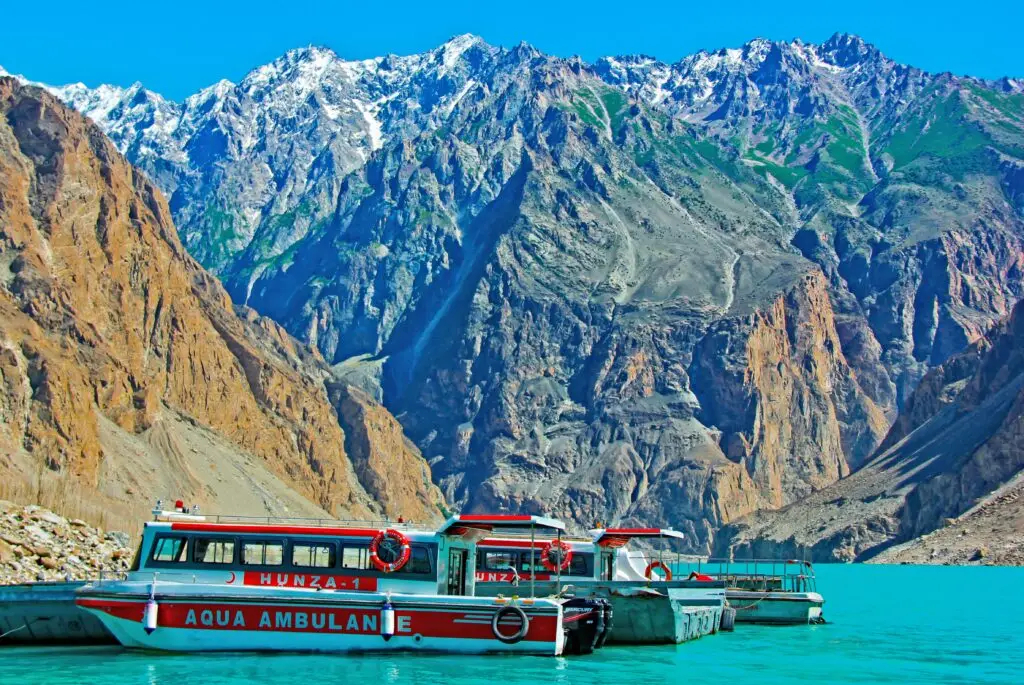
Gilgit-Baltistan is also known as Federally Administrated Northern Areas(FANA). It’s the northernmost territory of Pakistan and shares borders with Pakistan, China, Afghanistan, and India. This administrated territory comprises the northern pole of the Kashmir region.It has been under debate since 1947 between Pakistan and India and between India and China later on. On 1 November 1948 is Gilgit-Baltistan’s independence day. Each year people celebrate independence day with joy and excitement.Finally, Gilgit-Baltistan became separated as self-administrated in 1970 as Northern Areas. However, it came into existence by the union of the Gilgit Agency, the Baltistan District of Ladakh, and the states of Hunza and Nagar. On 29 August 2009, the order of Self-Governance and Empowerment have passed by the Pakistani cabinet. Furthermore, a legislative Assembly and Gilgit-Baltistan Council were established separately. The Current Gilgit-Baltistan Governor is Raja Jalal Hussain Maqpoon since 3 September 2018.
DISTRICTS OF GILGIT-BALTISTAN
Gilgit-Baltistan is comprised of 14 districts up till 2021. Because before 2016, the number of districts was seven which increases after the addition of 2 districts( Baltistan Valley and Hunza-Nagar districts).
Furthermore, in 2019, five more districts were added as new districts. Besides, each of the districts has its tehsils and union councils.
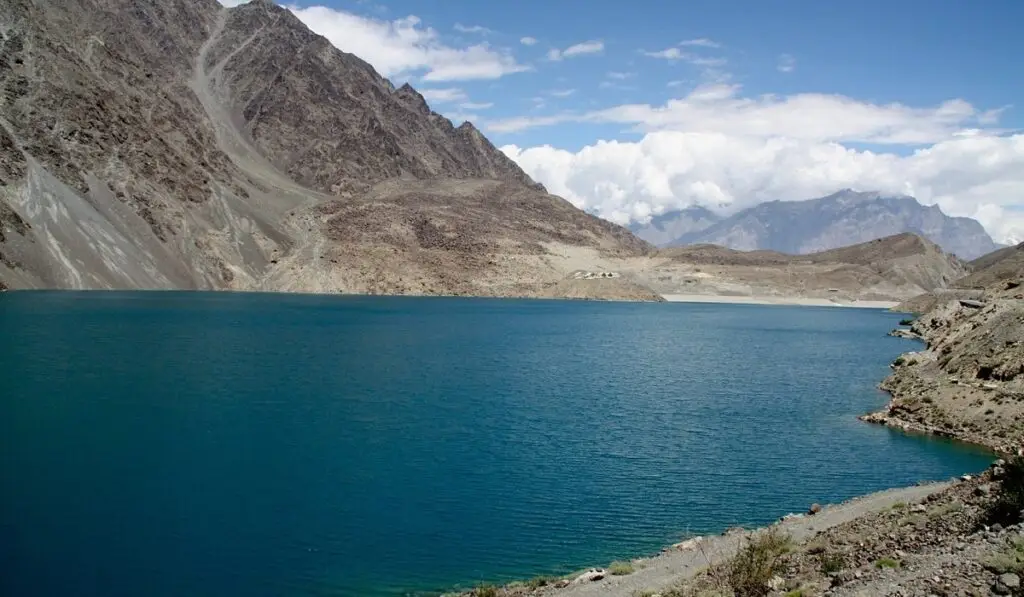
DISTRICTS
WEATHER OF GILGIT-BALTISTAN
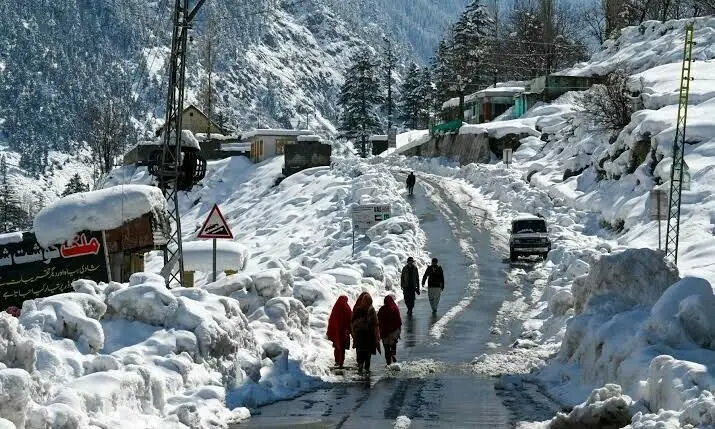
The weather of Gilgit-Baltistan varies from region to region. Besides, it’s quite humid towards the western Himalayas and becomes drier towards the Karakoram and the Hindu Kush. However, few towns are found where the weather remains hot during the day-time in the summers but cold at night ( Gilgit and Chilas).
Few of valleys, just like Astore, Khaplu, Yasin, Hunza, and Nagar, where the temperature remains colder all over the year, even in summers. During winters, snow often falls that increases the beauty of the region by covering the giant ranges. In Winters, many tourists take direction to Gilgit to enjoy the weather with friends and families.
POPULATON OF GILGIT-BALTISTAN
Gilgit-Baltistan is populated by approximately 2 million whom which 14 % of the people are urban. Their population is the combination of multi-diverse sects as many valleys, and their people are distanced by the world’s highest peaks. So, as their cultures, ethnic and religious sects may differ from each other.
Their prominent ethnic groups are Shins, Yashkuns, Kashmiris, Pamiris, and Kohistanis. Many Gilgit nationals move to other parts of Pakistan, such as Punjab and Sindh (Karachi), for education and earning purposes. According to the survey, 72% of the Gilgit population is literate.

CULTURE OF GILGIT-BALTISTAN
The people of Gilgit-Baltistan presents diversified cultures as they are divided into different ethnic, language and religious groups. But few of the major events include Babusar Polo Festival, Shandoor Polo Festival, and Jashn-e-Baharan or Navroz. These festivals are celebrated each year with thrill and enjoyment by the locals as well as tourists.
Gilgit’s culture also exhibits a different type of trendy dance. The traditional dances include Old Man Dance, in which multiple persons get dressed in old-style dresses, Cow Boy Dance, in which any person puts on Old-style clothes with long leather boots and holds a stick, and do the dance. Another type is Sword Dance, in which a person carries a sword in the right hand while shielding in the left. However, one to sic couples can participate at once in this dance.
GALLERY




GILGIT-BALTISTAN TOURISM

Gilgit-Baltistan is one of the major regions that is most visited by tourists all over the year. It is the home of the world’s highest mountains that includes ranges of the Karakoram, western Himalayas, Pamir Mountains, Hindu Kush, K2, and Nanga Parbat. The world’s largest glaciers are also located in Gilgit-Baltistan: Biafo Glacier, the Baltoro Glacier, and the Baturna Glacier.Furthermore, Gilgit-Baltistan is crowded with beautiful valleys
such as Hunza, Ghizar, Nagar, Skardu, Ghancha, Shiger, Astore Valley. Also, many beautiful lakes are located here. All these nature’s miracles are the reason that travellers from worldwide are attracted to this land of beauty every year.However, Gilgit-Baltistan is the only territory frontier of Pakistan. It’s providing the only land route which directly meets with China. This China Pakistan Economic Corridor has it’s own vital importance for both countries China and Pakistan. Tourists from neighbour countries seem interested in visiting its beauty. Not from neighbours but also from all over the world travellers turn around with great interest.From an economical point of view, Gilgit-Baltistan is generating considerable revenue just by tourism. Indeed this is benefiting the region and also causing the fame of Pakistan across the world.
TOURIST SPOTS

Hunza Valley
Known for its majestic mountains, historic forts (Baltit & Altit), and Attabad Lake….

Khaplu
A hidden gem with ancient architecture, serene valleys, and the beautiful Khaplu Palace….
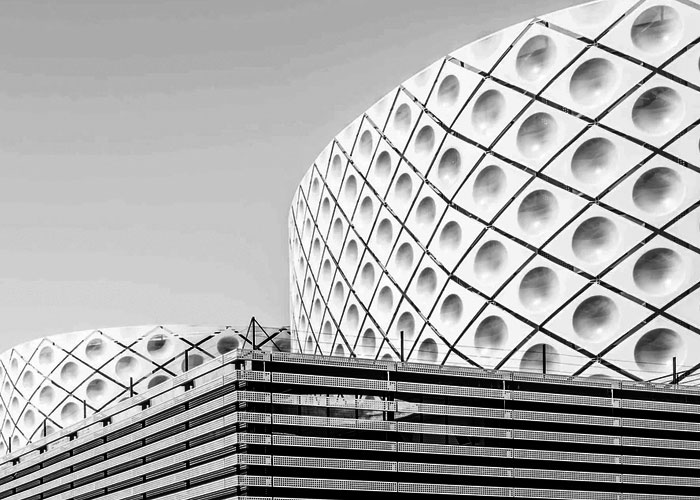
Fairy Meadows
A magical alpine meadow offering unforgettable views of Nanga Parbat, ideal for hiking and camping….

Skardu
Famous for its lakes (Shangrila & Satpara), cold deserts, and access to K2 and Shigar Fort….
